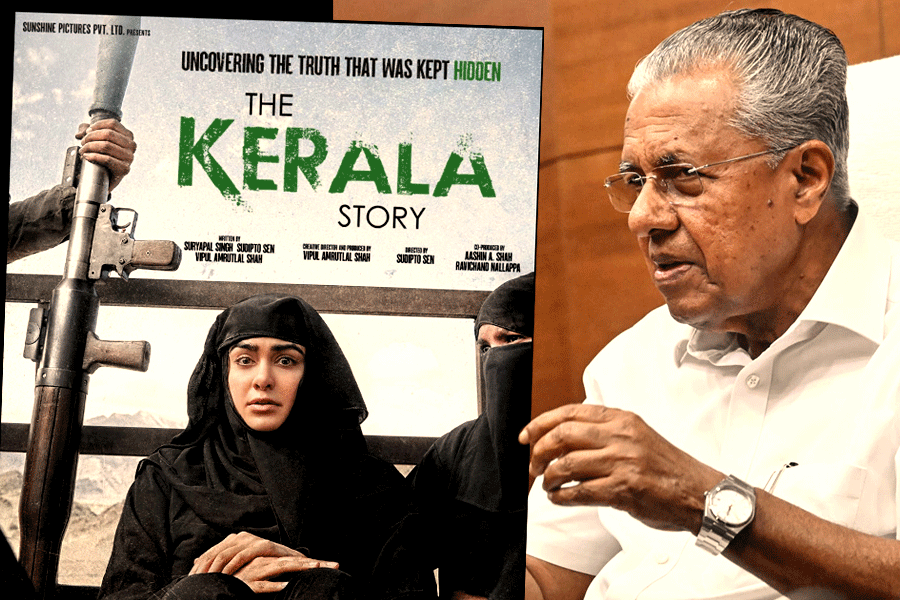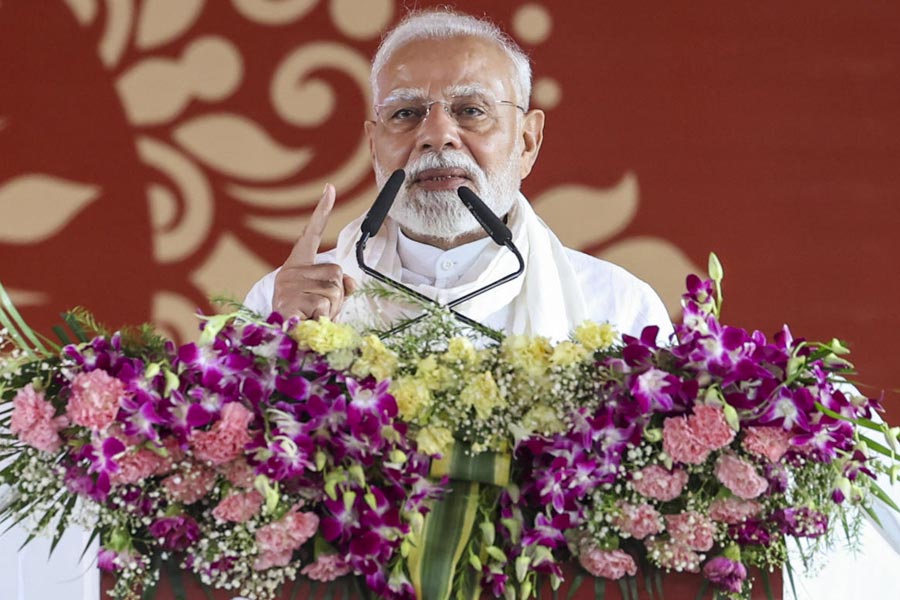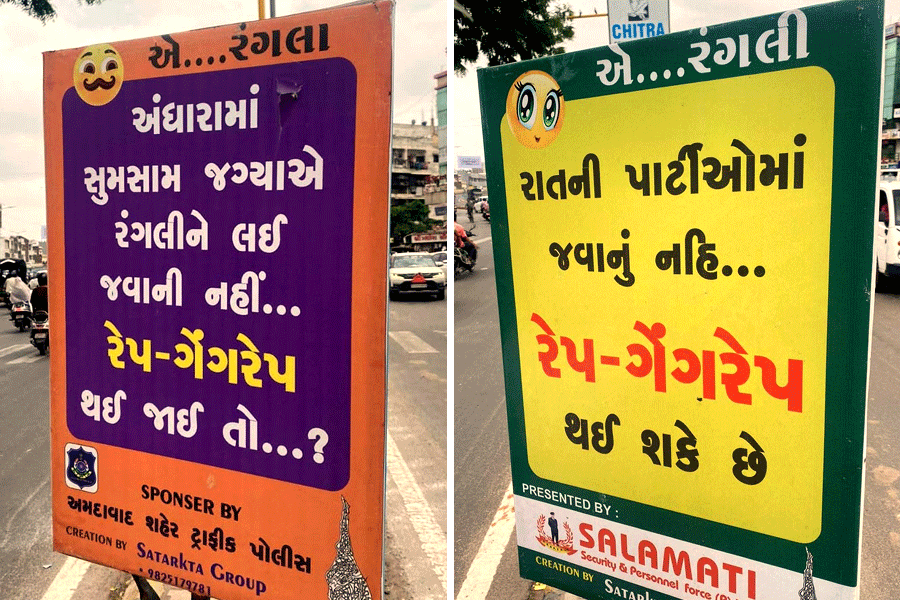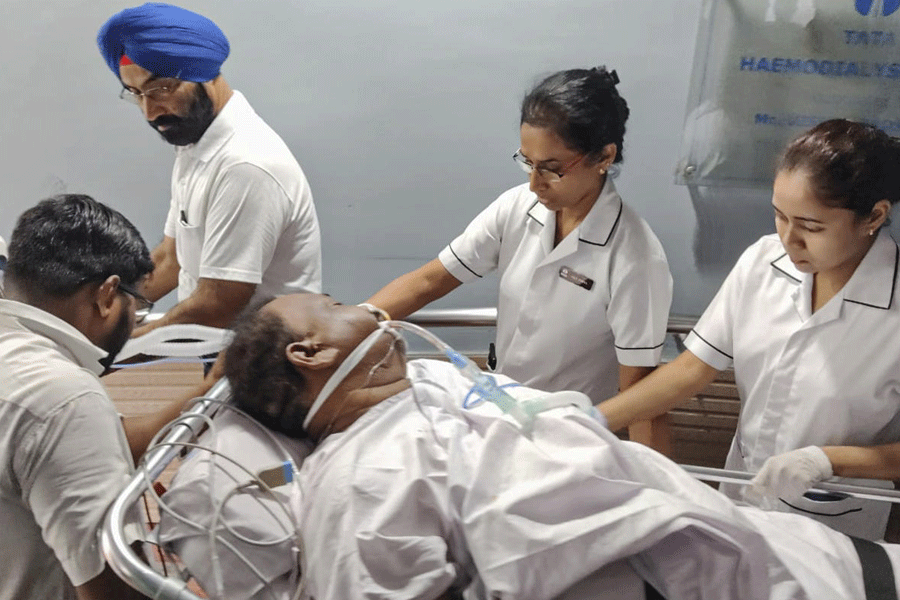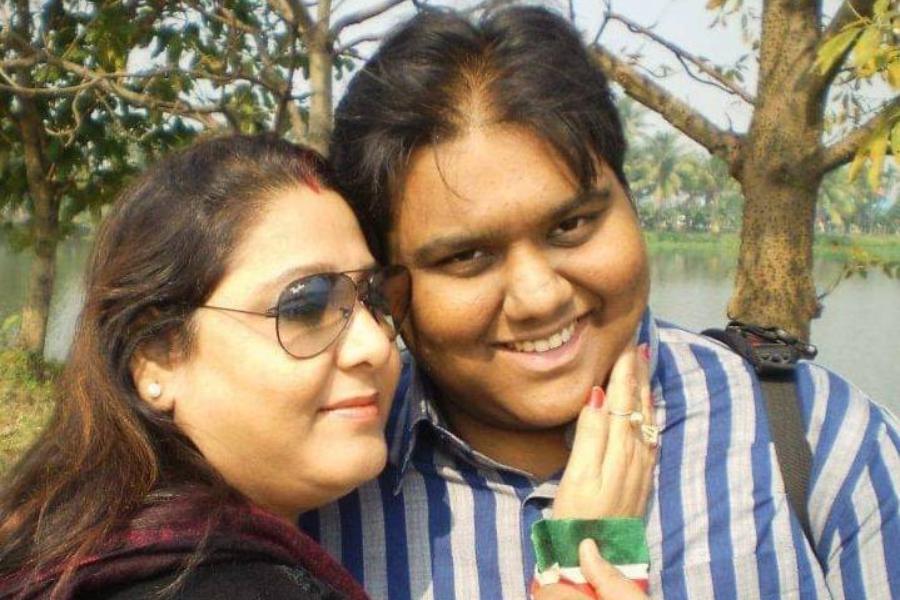 |
| Ranchi University’s tribal and regional languages department that held the workshop on the dictionary |
Knowing the precise meaning of words is the key to using a language effectively. To help achieve this end, words used in Bhumij, a tribal language spoken in parts of Jharkhand, Odisha, Bengal and Assam, are getting listed in a comprehensive 1,000-page dictionary for the first time.
The Mysore-based prestigious Central Institute of Indian Languages (CIIL) is currently helping resource persons in Jharkhand develop an English-Hindi-Bhumij dictionary to give the language wider reach and recognition.
Bhumij, which uses the Olonal script, has 30 alphabets. Work on the dictionary, to have have up to 7,000 entries words with definitions and equivalent meanings in English and Hindi, started some three months ago.
In September-end, CIIL functionaries, supported by Ranchi University’s department of tribal and regional languages, held a workshop in the capital with five Bhumij scholars on the progress of the “nearly complete” dictionary.
C.V. Sivaramakrishna, reader-cum-research official at CIIL, told The Telegraph about the scholars.
“They are Pashupati Samad, Meyalal Sardar, Sudarshan Bhumij, Dilip Samad and Harish Singh Bhumij. While Sardar is a teacher, others are social activists,” he said.
Sardar, who teaches at a middle school at Haldipokhar, Potka block in East Singhbhum, said Bhumij had close kinship with Mundari.
“We are compiling some 6,000 to 7,000 words. Right now, our work is on the verge of completion,” Sardar told The Telegraph over phone from Jamshedpur.
“Around 1.5 lakh Bhumij-speaking people reside in Jharkhand’s East Singhbhum, Seraikela-Kharsawan and other districts. A few books are available on Bhumij language but a dictionary is much needed as a ready reckoner among people who use the language as a vehicle of communication,” he said.
He added that while they were not sure about exact numbers of Bhumij-speakers in Odisha, Bengal and Assam, one Mahendra Sardar, a teacher from Odisha’s Mayurbhanj had done pioneering work in preserving Olonal script.
“Scripts and words are the brick and mortar of any language,” he said. “We are carrying forward the legacy of our forefathers with the help of CIIL and Ranchi University.”
In the recent past, a sudden spurt of interest in preserving tribal languages and traditions is helping the growth and preservation of many scripts. They include Olchiki (Santhali), Warangkshiti (Ho) and Tolongsiki (Kurukh).
CIIL has already helped resource persons develop dictionaries in tribal and regional languages, including Mundari, Ho, Santhali, Chotanagpuria (or Nagpuria), Panch Pargania, Kurmali and Kharia, among others. Bhumij apart, at present, the central institute is working on dictionaries of Sourpaharia, Korwa, Asur, Malpaharia and Malto.


